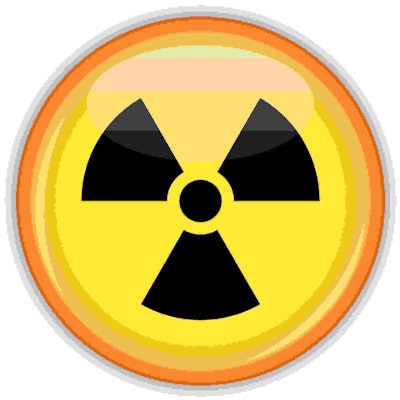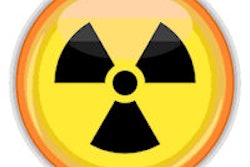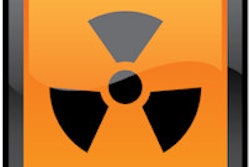
The U.S. Environmental Protection Agency (EPA) has proposed a rule change that could pave the way for less-stringent regulations limiting population-level radiation exposure, including from medical imaging, according to an October 2 report from the Associated Press (AP).
First introduced under the direction of former EPA Administrator Scott Pruitt, the agency's proposed rule is presented as an effort to increase transparency in the use of science for policymaking but nonetheless hints at forthcoming changes to federal regulations concerning radiation exposure, the AP noted. The proposed rule would require regulators to consider "various threshold models across the exposure range" when it comes to dangerous substances, according to an earlier EPA news release in April.
For decades, the EPA has held the position that any exposure to radiation is unsafe and may pose a risk for cancer, following a "linear no-threshold" model. However, proponents of the new rule are claiming that the U.S. government's current model leads to unnecessary spending in the management of accidental radiation exposure at nuclear plants and medical centers, among other sites, according to the AP.
Although the EPA has stated that the proposed rule change is not intended to alter any policies associated with radiation, the agency's announcement of the proposal cited several critics of existing radiation exposure regulations. This includes Edward Calabrese, PhD, from the University of Massachusetts Amherst, who served as lead witness for the proposal's October 3 hearing before the Senate Committee on Environment and Public Works.
Calabrese is well-recognized for opposing the government's long-standing determination that there is no risk-free level of radiation exposure. He has advocated, instead, for the use of nonlinear models to assess radiation exposure, based on the theory that radiation exposure may be beneficial at low doses and only toxic at high doses.
"The [EPA] proposal represents a major scientific step forward by recognizing the widespread occurrence of nonlinear dose responses in toxicology and epidemiology for chemicals and radiation and the need to incorporate such data in the risk assessment process," Calabrese said in the April press release from the EPA.
What's more, the AP reported that modifications to the EPA website made as recently as July have already begun to reflect this shift in outlook: The website replaced the former statement that "there is some cancer risk from any exposure to radiation" with the new assertion that "radiation exposures of 5-10 rem (5,000-10,000 millirem or 50-100 millisieverts) usually result in no harmful health effects."
Such revisions stand in contrast to recommendations offered by the National Council on Radiation Protection and Measurements, the U.S. Food and Drug Administration, and other groups that have affirmed that even low-dose exposure could increase the risk of cancer.
The current proposal reflects a divergence from the EPA's previous stance regarding radiation exposure, and a decision in favor of the proposition could weaken well-established radiation exposure regulations, the AP noted.




















